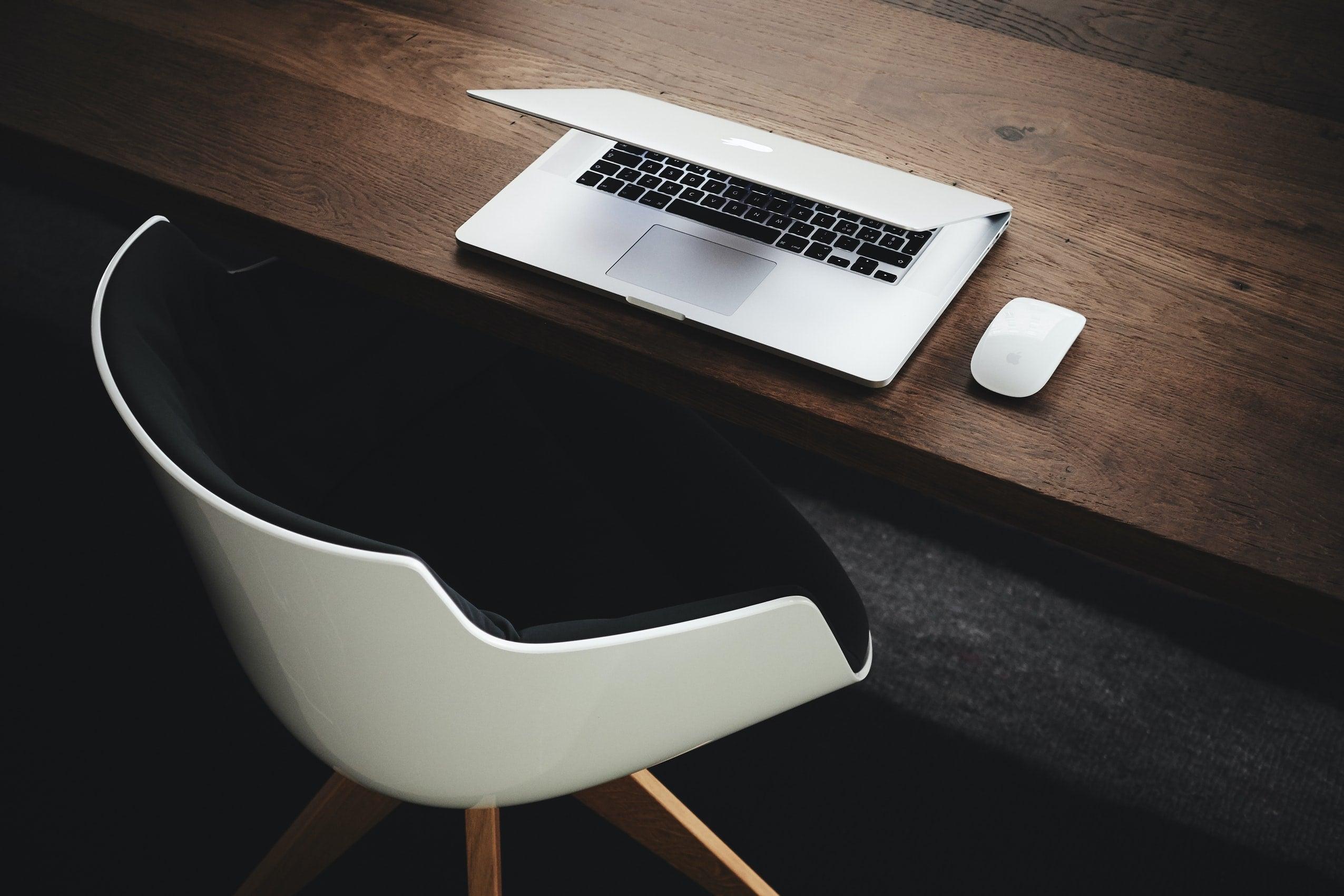
Do you have a home office? If so, congrats! Home offices are great for getting work done and making sure that your home is still a nice place to live in. But what if you don't have the luxury of dedicating an entire room to your own workspace? Homeowners with limited living space often find themselves without a designated area where they can get things done. No worries though -- we've got some ideas to help transform any living room into a comfortable, inspiring, and functional work-from-home-friendly space!
When you're working from home, it's important to have all the tools of your trade close at hand. But if the only place available is in a little cluttered corner or nook that doesn't get any natural light and is cluttered with other things like shoes, toys, plants -- then this might not be such a pleasant or productive space to work in! Luckily we've got some great ideas for making any room of your home (even the smallest of living spaces) feel functional and friendly.
Here a checklist to follow:
- Identify the space that will be your home office and create a workstation
- Set up an ergonomic workspace to avoid back pain from sitting too long
- Accessorise and organise
- Add some colour and decoration to make it stand out from other parts of the room
- Make sure you take frequent breaks throughout the day
- Turn off electronics before bedtime
Identify the space that will be your home office and create a workstation there
If you are lucky, you might have a spare room that can be used as your home office. If not, fear not! Those who live in small apartments, share homes, or units may need to make their lounge room the new place of business.
One practical option is to create a workstation in this area of the room with a laptop, desk, and chair. The best part about having an informal space for working from home is that it won't need as much attention when it comes to organisation and decorating -- simply set up your computer on one end of the couch or placing a desk in a rarely-used corner.
For those on a tighter budget, there are other things to consider. Home offices, while practical additions to any house or apartment, can cost upwards of $1000 or more as well as take up valuable space in smaller living quarters. Creating an informal workspace is much cheaper (all you need is some inexpensive furniture) and doesn't require a lot of space.
Set up an ergonomic workspace to avoid back pain from sitting too long
Another detail to contemplate when setting up this space is making it ergonomically sound. This might mean installing a standing desk, getting a comfortable chair, or even just rearranging furniture so that you can stand while working rather than sit all day long.
Accessorise and organise
It's important to make sure that you have the right tools aside from the laptop or desktop computer. This includes fast, reliable internet access, stationery, post-its, and writing utensils for drafting notes and emails, as well as some other items such as headphones or earbuds. If you are using a laptop, the included webcam may be all you need to interact visually with colleagues or clients, but quality webcam attachments can be found at reasonable prices.
Add some colour and decoration to make it stand out from other parts of the room
Another way to make your living room work for you is by adding colour. You can do this in a few ways, like with art or artwork on the walls and/or some color-coordinated furniture. Or if you want to take it up another level, think about getting an accent rug (which will help ground any chairs or desks). This way, they don't slide around on the slick flooring of most living rooms.
You can hang up pictures or posters on the wall, add plants for fresh air, get comfortable furniture so you don't have to sit upright at all times and use colour to make the space more cheery.
Make sure you take frequent breaks throughout the day
Remember when working in your home office it's important not only getting work done but making sure you take frequent breaks throughout the day. You should break up your day by walking around for five minutes every hour or two hours if possible. You can also take a break by stretching, doing some push-ups, or getting up and moving around.
Ideally, you should mix meal and snack breaks into your day. And drink plenty of fluids. Scheduling these out can be beneficial if you do not have a lot of experience of working from previously.
Turn off electronics before bedtime
It’s important to start winding down for the day and make your home office a less stimulating environment before bed. Turn off electronics at least an hour or two before bed, shut all lights off in the room, close curtains so no light is coming in from outside of any windows.
If you are not sleeping well because you are worrying about something that happened during the day, take some time after work to think it over without having distractions like the television on. It's okay to use your living room as a place where you can relax and do things other than working if needed!
There is always a solution
If you have a home office, that’s great. But if not, no need to fret! All it takes is a little creativity and some simple changes to your living space to turn it into an efficient work-from-home environment. Whether you live in the city or the suburbs, there are plenty of ways for even those without an office to rearrange what is already at their disposal to suit their working from home needs. This is how you can make your own living room work as a productive place where you find yourself spending more time than you ever imagined possible.
Find yourself a desk like our Agos collection (browse them here). We suggest you check out the furniture and room sections of our website for some inspiration.











